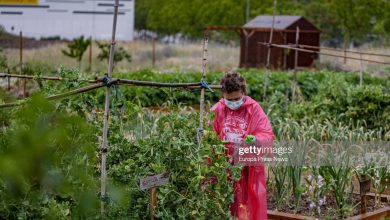Agapanthus: [Cultivation, Care, Irrigation, Substrate, Pests and Diseases]
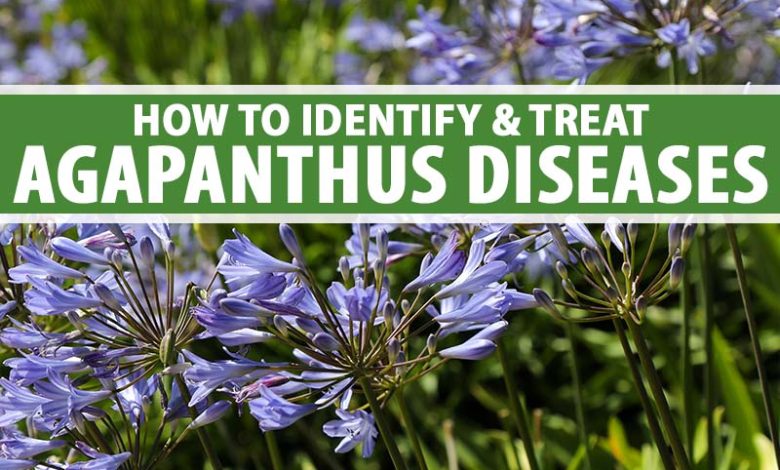
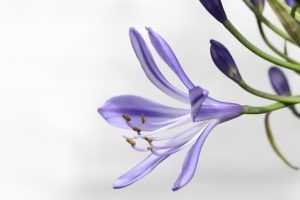 The agapanthus is an ornamental type plant that develops with beautiful inflorescences covered with white or blue flowers.
The agapanthus is an ornamental type plant that develops with beautiful inflorescences covered with white or blue flowers.
It is a very pretty flower because the flowers are arranged inside a balloon-shaped umbel. They produce a large number of flowers.
That is, the flowers do not appear individually throughout the structure, but grouped within the stems that grow and protrude from the plant.
This condition makes them prevail over other species when deciding to plant a beautiful plant that requires little care.
Do you know the agapanthus? Do you know that you can enjoy it in your garden by learning a few things?
In fact, right now we present the most important points, so take note.
Important points when planting agapanthus
- When? In early spring.
- Where? In sun or semi-shade, preferring a slightly acid soil with very good drainage.
- How do we prepare the land? Withhomemade organic matter such as compost.
- How should we water? With moderation. Ideal, drip irrigation.
- How often do you have to water? In hot weather, three or four times a week. During cold weather, once or twice will suffice.
- What pests and diseases does it have? The most common disease around is the rotting of rhizomes due to excess watering. The pests are mainly snails.
Characteristics of agapanthus
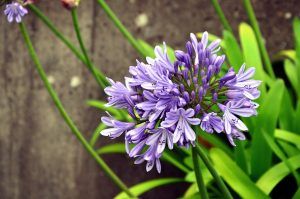 Agapanthus is the only genus in the subfamily Agapanthoideae, in the flowering plant family Amaryllidaceae. The name is derived from the Greek: ἀγάπη (agapē – “love”), ἄνθος (anthos – “flower”).
Agapanthus is the only genus in the subfamily Agapanthoideae, in the flowering plant family Amaryllidaceae. The name is derived from the Greek: ἀγάπη (agapē – “love”), ἄνθος (anthos – “flower”).
Some species of Agapanthus are commonly known as Lily of the Nile, or African Lily in the UK.
However, they are not lilies and all species are native to southern Africa (South Africa, Lesotho, Swaziland, Mozambique), although some have become naturalized in scattered parts of the world (Australia, Great Britain, Mexico, Ethiopia, Jamaica, etc.).
The type species of the genus is Agapanthus africanus. Many hybrids have been produced. They are grown in all warm areas of the world. They can be seen especially in Northern California.
There are many varieties of agapanthus, so it is a good idea to choose a variety for your garden that suits what you would like.
The agapanthus has a height that varies, some are quite small 20-60cm; while others can grow up to 1.5 m. Use the smaller varieties at the front of the border. All sizes can be grown in containers.
The color of the flowers is important. There are tinted blues, pale sapphires, purples, and whites. Pick a hue you like and work with the plants you plan to pair the agapanthus with.
The deciduous types that lose their leaves are the tougher and more resistant agapanthus. However, some lovebirds are tender (mainly evergreens) and are best overwintered in a cool greenhouse.
The flowers are mainly rounded with a trumpet shape. Less common agapanthus have pendulous flowers in rounded flower heads.
When to plant agapanthus?
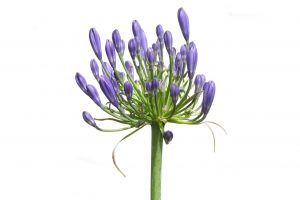 The ideal time is early spring, taking care that the risk of late frosts is ruled out.
The ideal time is early spring, taking care that the risk of late frosts is ruled out.
Where to plant agapanthus?
The location of the agapanthus plant is variable, as it is able to stay very well in full sunlight or semi-shade.
When kept in a very shady spot, the ability to produce flowers may be reduced.
Depending on the type of soil, it must be considered that they can survive at any pH level. However, acids do better.
How to prepare the land?
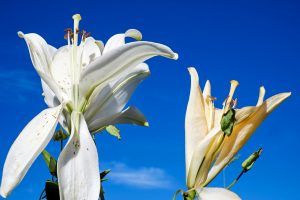 The land must be of good drainage. When this condition is not met, it is necessary to incorporate some element, such as sand, to achieve it.
The land must be of good drainage. When this condition is not met, it is necessary to incorporate some element, such as sand, to achieve it.
This is because it is a very delicate species around waterlogging, because if it occurs, the rhizomes will most likely rot.
It is also a good plan to offer an appropriate level of nutrients with fertilization through an organic fertilizer such as compost.
How do we water agapanthus?
The watering of the agapanthus must be done in moderation, avoiding subjecting it to periods of drought.
The reality is that it is very resistant and could tolerate it, but it will affect its ability to flower and that is not the idea.
How often do we water?
The risks will depend on the environmental condition that prevails in each season.
During the winter and autumn, the most usual thing is to moisten the soil when it is dry. This could be once or twice a week.
In the summer and spring season it is necessary to pay more attention. The best thing is that the ground is always a little wet.
This will be achieved with irrigation every three or four days.
How to plant agapanthus step by step?
Getting new agapanthus plants is possible through two ways: rhizome multiplication and seed germination.
The process with the seeds is more extensive and requires a lot of attention when selecting them because not everyone works.
As the success rate is higher in the case of rhizomes, we will concentrate on explaining this method so that you can enjoy your plant in optimal conditions:
- The rhizomes are located in the root of the plant itself, so it will be necessary to enter the base of the plant in order to gain access.
- Divide the root in half with the help of a shovel or some other strong tool since it is a very hard part. You will have to do this action with enough energy to avoid damaging the structure too much.
- After having the division, you have to select the parts that contain shoots to proceed with planting. If you do not have them, the process will not be successful.
- The rhizomes will be planted in a substrate with a good amount of sand and with a rather acidic pH to facilitate their correct development.
- At the time of completing the planting it will be necessary to water thoroughly, but without flooding. Then repeat this process as long as it gets established.
- In addition to the success that rhizomes usually have when sowing, it is also necessary to say that they take much less time than seeds to produce flowers.
In fact, a plant that manages to germinate from seed may take up to 3 years to grow in the garden.
What care does the agapanthus need?
- Fertilizations are necessary to improve the flowering capacity of the plant and also to work with its state of health.
- These must be done during the spring, taking advantage of the fertilizations that can be supplied through the irrigation water to improve the process.
- Depending on the specific nutritional conditions of the plant, it will be necessary to decide which is the best fertilizer, but the common thing is that it has a low level of nitrogen and a lot of potassium.
- Pruning is advisable when the flowers are dry to clean the entire structure and allow it to recover before the next flowering cycle.
- This point is also very important when you want to prevent the plant from reproducing excessively, as this eliminates the seeds.
What pests and diseases affect you?
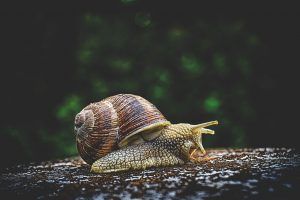 Agapanthus can be attacked by snails that consume the leaves. It is not very common but it can happen.
Agapanthus can be attacked by snails that consume the leaves. It is not very common but it can happen.
As for diseases, the most common is rotting of the rhizome due to excess irrigation water.
This condition occurs more frequently when they are established in pots that do not allow water to flow well.
Of the rest, they do not generate many concerns because they are adaptable and their care needs are minimal.
It is important to point out that they are even capable of withstanding mild frosts, with temperatures down to -5º.
varieties of agapanthus
- Agapanthus africanus ‘Headbourne Hybrids’: Offering a very full head of lilac -blue flowers in August to October which are carried on stems 1m tall. A deciduous type that will overwinter in a sunny sheltered spot. A popular plant.
- Agapanthus africanus ‘Albus’ – Stunning white flowers from August to October. It will overwinter outside if it is in a sunny, sheltered spot. It reaches a height of 70 cm.
- Agapanthus inapertus: dark blue flowers from August to September. It needs a protected place to spend the winter outside. It reaches a height of 70 cm.
- Agapanthus ‘Blue Triumphator’ – Light blue flowers in August and September. It needs a protected place to spend the winter outside. It reaches a height of 80 cm.
- Agapanthus ‘Jacaranda’ – An early flowering type that offers blue flowers from June to August. With a height of 90 cm.


![Photo of Heather Pests and Diseases: [Detection, Causes and Solutions]](https://www.complete-gardening.com/wp-content/uploads/2022/08/heather-pests-and-diseases-detection-causes-and-solutions-390x220.jpg)

